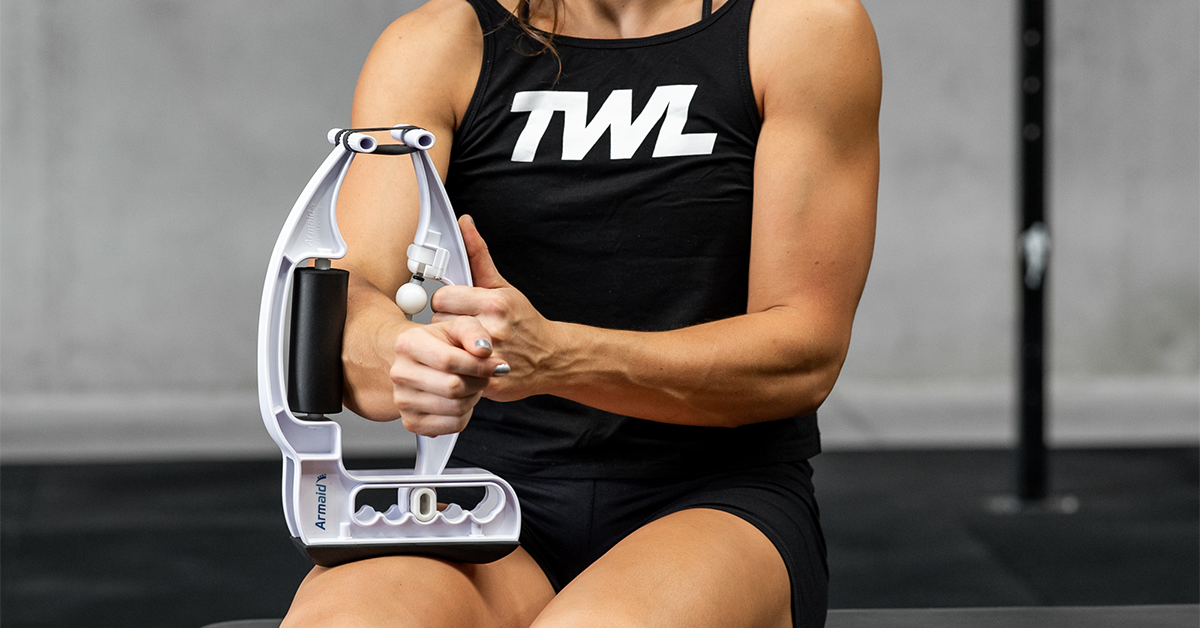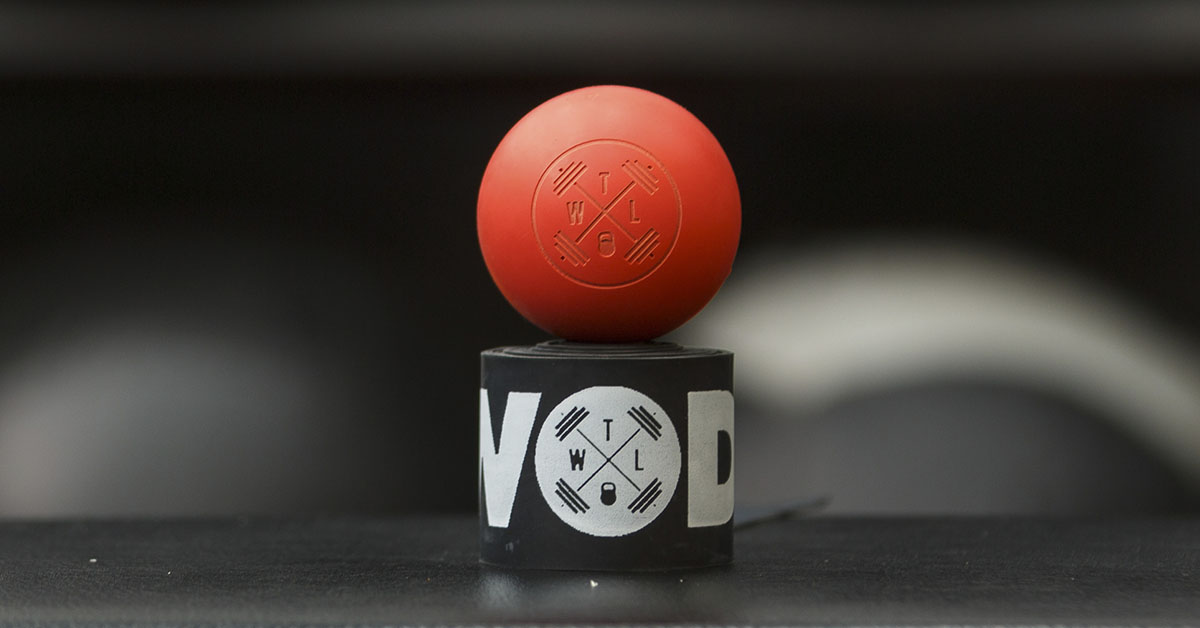Muscle soreness is normal. It means that your body did something it’s not used to. This is what leads to growth! However, after slouching at your computer day after day or knocking out countless kipping pull-ups, you might experience a painful pinching sensation. This is called a trigger point. Many trigger points existing together are called myofascial pain syndrome, a condition of the musculoskeletal system.
Trigger points can range from annoying to downright painful. So, what can you do about them? Here’s everything you should know about trigger points.
Shop Now
What are Trigger Points?
Trigger points are the tender and hypersensitive areas that form in the skeletal muscles all over your body. Commonly referred to as muscle knots, trigger points are painful when you press on them.
Trigger points are fibers of muscle bound in a contracted state. Muscles in a contracted state will prevent blood flow. And the prevention of blood flow causes waste materials to build up, prompting your muscles to send out pain signals. Your body will then scream at you to stop using that muscle.
If your body is a door, your muscles are the hinges. If you stop lubricating your hinges, rust will form.
Let’s keep going. Trigger points are classified into two types: active and latent.
Active trigger points cause local and referred pain upon compression. If you press on a trigger point on your shoulder, you will be surprised to discover that even your head and neck are in pain. In some cases, the trigger point can also cause headaches.
Think about the last time you sat in front of a laptop for hours and got a splitting headache. That is a classic example of referred pain, also called reflective pain.
(It’s important to note that referred pain is a distinct characteristic of trigger points, often confused with tender points. Contrary to trigger points, tender points do not cause referred pain, but increase the body’s pain sensitivity.)
Latent trigger points don’t generally cause pain unless directly applied with pressure. These areas can go unnoticed for years and can feel like lumps under your fingertips.
Through time, like rust on the hinges of a door, trigger points can cause muscle weakness and numbness, limiting your muscle movement as a whole.
What Causes Trigger Points?
Trigger points can seriously hinder your day-to-day activities if left unattended. Understanding what causes trigger points can significantly lower your chances of experiencing them.
Trigger points form due to:
- Lack of exercise and mobility.
- Aging.
- Chronic stress conditions like depression, anxiety, and psychological stress trauma.
- Physical trauma resulting in permanent injury.
- Repetitive muscle overuse.
- Emotional stress.
- Vitamin deficiencies, including vitamins C, D, B, and folate.
If you find yourself at risk of trigger points, you can always begin the prevention by doing something small. Try straightening your back as you read this blog post! Those little daily lifestyle habits add up.
But what if you’re already experiencing the pain and discomfort of trigger points? Let’s get into that next.
How Do You Release Trigger Points?
As soon as you start noticing the formation of trigger points, don’t wait to address them. It’s best that you start experimenting with treatment options before it worsens.
Traditionally, the pain caused by muscle knots is alleviated using a form of physical therapy called trigger point release. Trigger point release softens and unspools the muscles that are bound together.
To perform this, you or your physical therapist will be applying direct pressure on the affected areas using a squeeze or a grip tool. The tool will be held down on the area for 30 to 120 seconds, gently massaging and softening the knots.
This procedure is repeated until the tension is released. And you will no longer feel discomfort that is unproportionate to the pressure being applied.
If you’re doing this on your own, it can be especially challenging if the knots are located on your back and hard to reach. At home, you can slowly roll over a trigger point ball or a foam roller to ease the pain.
Once your muscle tissues are released from contraction, it’s important to strengthen and retrain them so they can perform their intended function, and to prevent muscle knots from forming in the future.
Your physical therapist will likely recommend stretching and postural retraining exercises. At home, try to reduce factors that can cause the formation of trigger points. For example, try to be mindful of your posture at all times. Don’t carry that heavy handbag on one arm for a sustained period of time. Practice stretching and foam rolling a few times a day to keep your muscles in tip-top shape.
Physical therapy is just one common method used to release trigger points. Other treatments like acupuncture, dry needling, laser therapy, and trigger point injections are also used to restore affected muscles.
Prevention and cure of trigger points can be quite tricky and complicated. Luckily, you don’t have to go through this journey alone. Shop our selection of trigger point tools and eliminate your trigger points today.
Psst! If you liked this blog, you might be interested in learning about what active recovery is and how to do it.


















